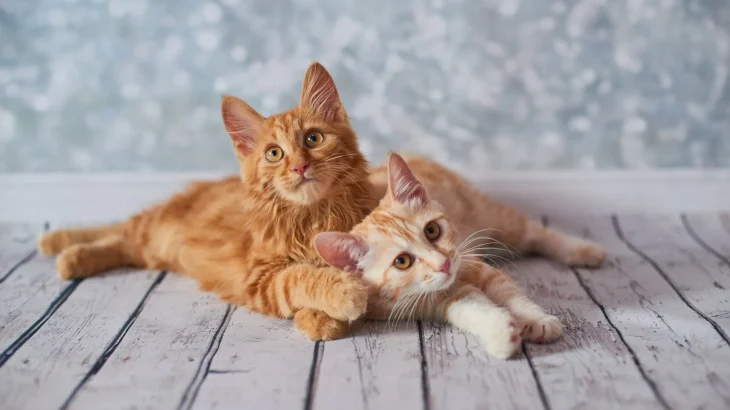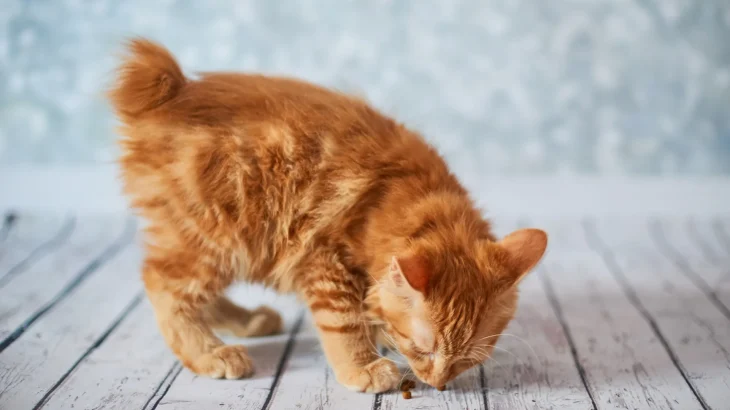When deciding whether to add an American Bobtail kitten to your home, you might wonder whether to adopt or purchase from a breeder. Adoption usually costs less and supports animal welfare, while buying from a breeder often provides clearer insights into the kitten's health history and lineage.
Here's a simple comparison:
| Criteria | Buying from Breeder | Adopting from Shelter/Rescue |
|---|---|---|
| Cost | Higher initial cost due to purebred status and breeder expenses. | Lower fees; often include vaccinations, microchipping, and spaying/neutering. |
| Health History | Breeders provide detailed health and genetic screening information. | Basic health checks done; detailed history might be unknown. |
| Age Availability | Usually kittens, so you raise them from early on. | Varied ages available—kittens, adults, seniors. |
| Temperament Insight | Breeders share info on lineage traits and socialization. | Shelter staff report observed behavior, but history may be limited. |
| Supporting Practices | Supports responsible breeders maintaining breed standards. | Supports animal welfare by giving a home to cats in need. |
| Ethical Considerations | Choose ethical breeders to avoid supporting irresponsible breeding. | Offers a second chance to cats needing homes. |
















































